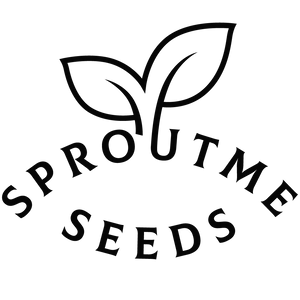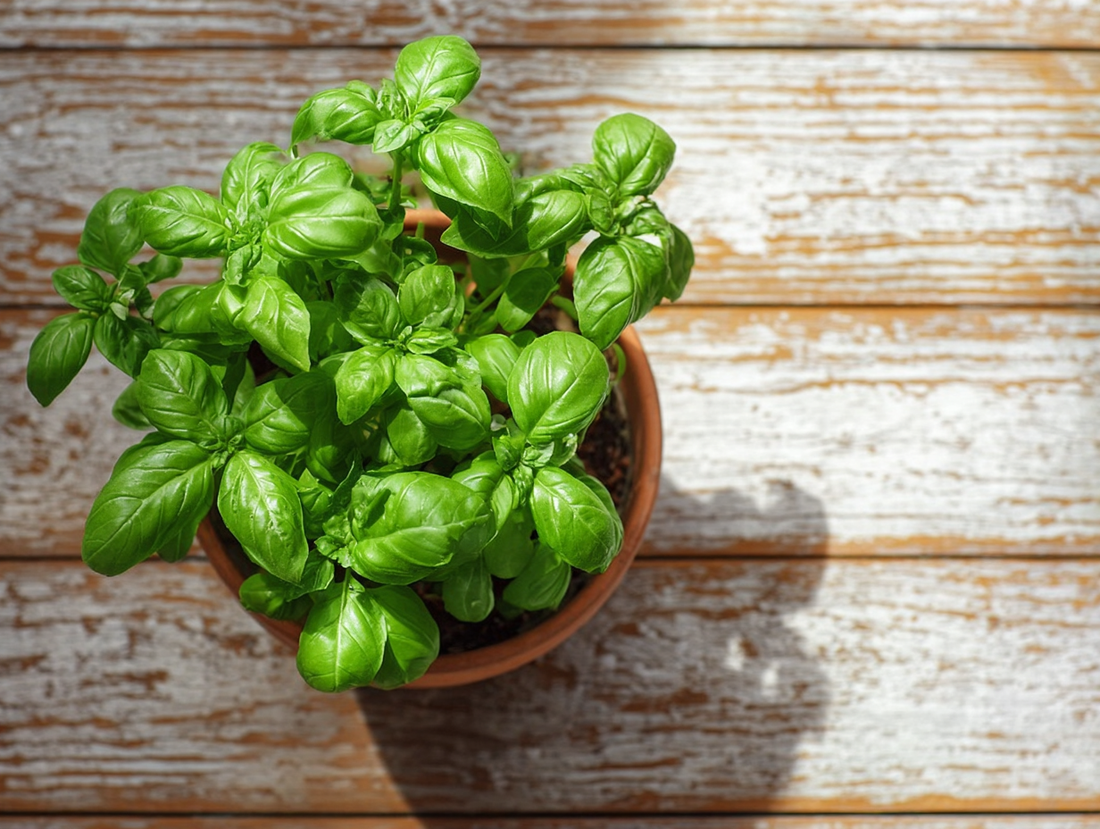Italian basil is a popular culinary herb known for its aromatic leaves and versatile uses in cooking. Growing Italian basil at home ensures a fresh and flavorful supply for enhancing various dishes.
Preparing for Growing:
- Selecting a planting location: Choose a sunny location with well-drained soil or opt for containers if space is limited.
- Soil preparation: Prepare the soil by loosening it to a depth of about 8-10 inches and incorporating organic matter like compost to improve soil fertility and drainage.
- Purchasing or preparing containers/pots: If growing in containers, choose pots with drainage holes and fill them with quality potting mix.
Starting from Seeds Indoors:
- Seed preparation: Italian basil seeds do not require any special preparation.
- Choosing suitable pots/containers: Use seed trays or small pots filled with seed-starting mix.
- Sowing and caring for seeds indoors: Sow seeds thinly on the surface of the soil, cover lightly with a thin layer of soil, and keep the soil consistently moist. Place the containers in a warm, sunny location or under grow lights.
Starting from Seeds Outdoors:
- Soil preparation: Prepare the outdoor planting area as described earlier.
- Selecting appropriate timing and method for outdoor sowing: Wait until after the last frost date to sow basil seeds directly into the garden soil. Scatter the seeds over the prepared soil and cover lightly.
- Caring for seeds outdoors: Keep the soil evenly moist until seeds germinate, which usually takes 5-10 days.
Growing in Containers/Pots:
- Selecting suitable plants for containers: Choose compact basil varieties suitable for container growth, such as Genovese or Italian Large Leaf basil.
- Container and soil preparation: Use well-draining containers filled with a mixture of potting soil and compost.
- Sowing or transplanting plants into containers: Sow seeds or transplant seedlings into containers following the same procedure as outdoor planting.
- Caring for container plants: Place containers in a location with full sun, water regularly to keep the soil evenly moist, and provide support for tall varieties if needed.
Transplanting to Garden:
- Soil and planting site preparation: Choose a sunny location with well-drained soil.
- Correct timing and method for transplanting: Transplant basil seedlings outdoors after the last frost date, spacing them 12-18 inches apart.
- Post-transplant care: Water the transplanted seedlings thoroughly and provide shade for a few days to help them acclimate to outdoor conditions.
Plant Care:
- Watering: Keep the soil consistently moist but not waterlogged. Water at the base of the plants to avoid wetting the foliage, which can lead to disease.
- Fertilizing: Basil is not heavy feeder but benefits from a balanced fertilizer applied every 4-6 weeks during the growing season.
- Weeding: Regularly remove weeds to prevent competition for nutrients and water.
- Pest and disease management: Monitor for pests like aphids and caterpillars, and treat as needed with organic remedies. Watch for fungal diseases and ensure good air circulation around plants to prevent issues.
Harvesting:
- Determining when plants are ready for harvest: Harvest basil leaves as needed once the plants reach a height of 6-8 inches. Pinch off the top leaves to encourage bushier growth.
- Harvesting and storage guidelines: Harvest leaves in the morning when the essential oils are most concentrated. Store fresh basil leaves in the refrigerator wrapped in a damp paper towel or preserve them by freezing or drying.
When to Start from Seeds by USDA Plant Hardiness Zones:
- Start basil seeds indoors 6-8 weeks before the last frost date in your area or sow them directly outdoors after the danger of frost has passed.
Fast Facts:
- Planting depth: Sow seeds ¼ inch deep.
- Seed spacing: Scatter seeds thinly or space them about 6-12 inches apart.
- Plant spacing: Thin seedlings to 12-18 inches apart.
- Number of seeds per pot/container: Sow several seeds per container and thin to the strongest seedling.
- Water preferences: Basil prefers consistently moist soil.
- Sun preferences: Full sun is ideal for basil growth.
- Soil type and other important factors: Well-draining soil is essential for basil cultivation. Avoid overwatering to prevent root rot.
- Companion Planting: Basil is a beneficial companion plant for tomatoes, peppers, and other vegetables. It can help repel pests and improve the flavor of neighboring plants.
- Temperature Preference: Basil thrives in warm temperatures between 70-90°F (21-32°C).
- Days to Germination: Seeds typically germinate in 5-10 days.
- Days to Harvest: Leaves can be harvested within 60-90 days after sowing, depending on growing conditions and variety.








